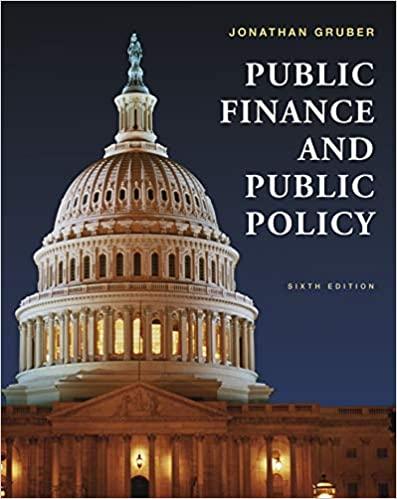
Consider a trauma center specialized in treating victims of violent crimes. The center has four operating beds and three beds for holding waiting patients. Arrival episodes of ambulances carrying patients follow a Poisson process with rate of one arrival per two hours. Each arrival episode could include the arrival of several ambulances simultaneously, each carrying a patient. Let P, denote the probability that a given arrival episode carries a total of i patients, and assume that P=0.7, P=0.2,P, =0.1. The patient's length of stay on an operating bed follows an exponential distribution with mean 2.5 hours. We also assume that operation times are mutually independent and independent of the arrival process. Patients arriving when the center is full are sent somewhere else; if more that one patient arrives at the same time and there are not enough beds available, the center will take as many as it can and will send the others somewhere else. The trauma center is interested in studying statistics related to capacity limitation. (a) Model the process as a CTMC, where X(t) = number of patients in the center at time t. Determine the transition rate matrix. (b) Compute the probability that there are patients waiting to be operated at the end of the first shift (6 hours), assuming that the center is initially empty. Repeat the calculation for the end of the fifth shift (30 hours). (c) Compute the long run average number of patients in the center. (d) In the long run, what is the proportion of time there are people waiting to be operated? What is the proportion of time the center is completely full? Consider a trauma center specialized in treating victims of violent crimes. The center has four operating beds and three beds for holding waiting patients. Arrival episodes of ambulances carrying patients follow a Poisson process with rate of one arrival per two hours. Each arrival episode could include the arrival of several ambulances simultaneously, each carrying a patient. Let P, denote the probability that a given arrival episode carries a total of i patients, and assume that P=0.7, P=0.2,P, =0.1. The patient's length of stay on an operating bed follows an exponential distribution with mean 2.5 hours. We also assume that operation times are mutually independent and independent of the arrival process. Patients arriving when the center is full are sent somewhere else; if more that one patient arrives at the same time and there are not enough beds available, the center will take as many as it can and will send the others somewhere else. The trauma center is interested in studying statistics related to capacity limitation. (a) Model the process as a CTMC, where X(t) = number of patients in the center at time t. Determine the transition rate matrix. (b) Compute the probability that there are patients waiting to be operated at the end of the first shift (6 hours), assuming that the center is initially empty. Repeat the calculation for the end of the fifth shift (30 hours). (c) Compute the long run average number of patients in the center. (d) In the long run, what is the proportion of time there are people waiting to be operated? What is the proportion of time the center is completely full







